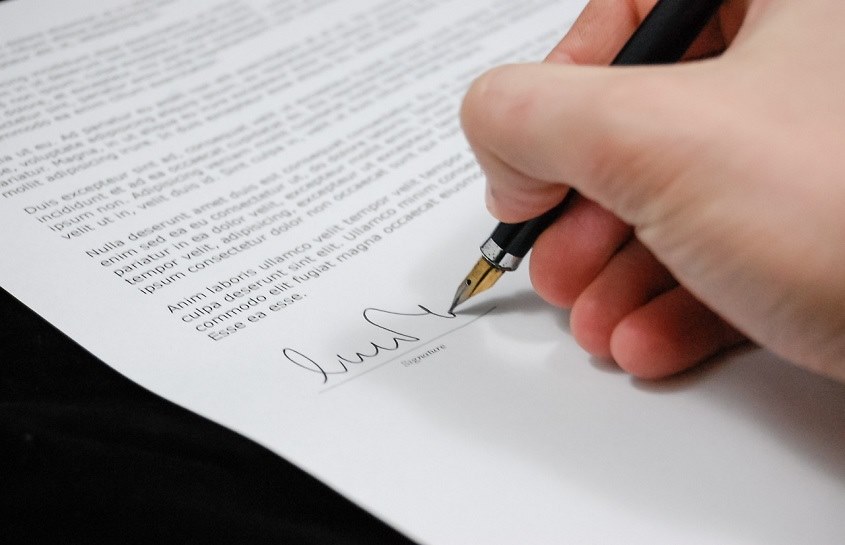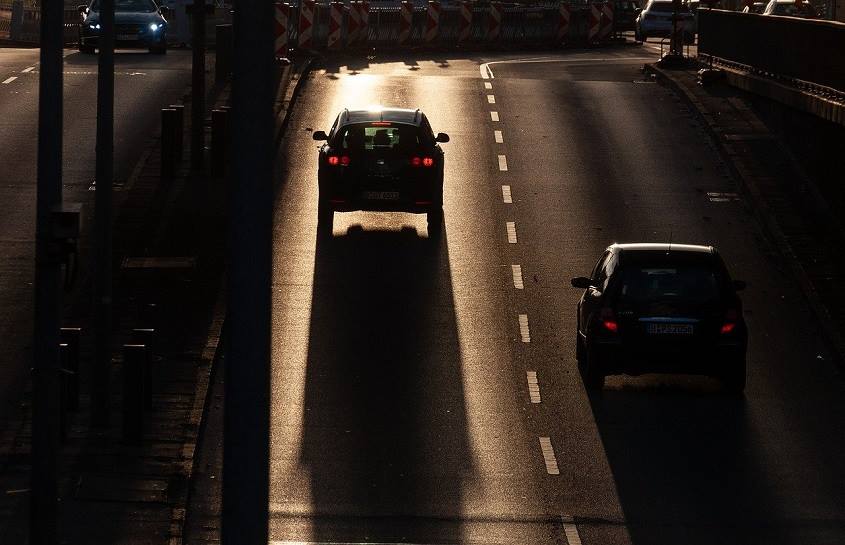Entering into a lease agreement can often be straightforward—until you encounter the garden. Who holds the responsibilities for maintaining this outdoor space can be a source of confusion and conflict. The garden, a seemingly simple part of a property, often involves numerous responsibilities that are not always clearly defined in the lease agreement. This article aims to shed light on the often overlooked topic of garden maintenance in rental agreements, detailing both landlord and tenant obligations, and providing guidance on how to manage and negotiate these duties.
What is a Lease Agreement?
A lease agreement is a contract between a landlord and a tenant that gives the tenant the right to use a property for a predetermined period in exchange for rent. This legally binding document outlines various conditions and terms of the tenancy, including the use of property amenities and, importantly, the responsibilities associated with the garden area. Understanding the specifics of a lease agreement, particularly regarding garden maintenance, is crucial for both parties to ensure that obligations are met and the property is adequately cared for.
Garden Responsibilities in Lease Agreements
Garden responsibilities are often specified within lease agreements to prevent ambiguity over which party is accountable. In many cases, these responsibilities can include general maintenance such as mowing the lawn, weeding, and keeping the garden tidy. However, more significant tasks such as tree surgery or major landscaping work can also be mentioned. It is essential for both landlords and tenants to thoroughly review and understand these clauses before agreeing to them, as assumptions about ‘standard practices’ can lead to misunderstandings and disputes. For more detailed insights, visit Listed Estate Agents.
Determining Your Responsibilities
Determining who is responsible for garden maintenance in a rental can vary depending on the terms specified in the lease agreement. Often, the smaller, regular maintenance tasks are assigned to the tenant to keep the garden in presentable condition. Conversely, larger, less frequent jobs may be deemed the responsibility of the landlord, especially if they involve specialist knowledge or significant expense. Tenants and landlords should review their lease documents closely and possibly consult a legal professional to clarify any ambiguous terms related to garden maintenance.
Landlord’s Responsibilities
Generally, a landlord’s responsibilities include maintaining the property in a good state of repair, which encompasses significant garden tasks that could affect the property’s overall well-being and safety. This can include tree removal if it poses a danger, major landscaping to prevent erosion, and repairs to garden structures like fences and sheds. It is important for landlords to not overlook these responsibilities as neglecting them can lead to greater expenditures down the line and impact the relationship with the tenant.
Tenant’s Responsibilities
For tenants, garden maintenance typically involves day-to-day upkeep such as lawn mowing, watering plants, and maintaining the cleanliness of outdoor areas. This keeps the garden in a usable state and prevents issues such as overgrowth and pest infestations. Tenants should ensure they understand these obligations as neglecting them can affect their security deposit and incur additional charges or legal repercussions.
Negotiating Garden Responsibilities
If the lease agreement does not explicitly assign garden maintenance responsibilities, or if either party wishes to alter their obligations, negotiation may be required. This should be approached with clear communication and flexibility from both the landlord and the tenant. It’s often practical to negotiate terms that align with the tenant’s capacity to handle the garden maintenance and the landlord’s expectations. All agreed-upon terms should be documented in writing, either as an addendum to the original lease or as part of a renewed agreement.
Dealing with Disputes
Garden-related disputes can arise from misunderstandings or neglected responsibilities. In such cases, it is crucial to refer back to the lease agreement to understand each party’s duties. Communication is key—openly discussing the issues at hand often resolves minor grievances. If a resolution cannot be reached, seeking mediation can be a beneficial step before escalating the matter to legal proceedings. Always aim to handle disputes amicably to maintain a good tenant-landlord relationship.
Conclusion
Understanding and managing garden responsibilities in a lease agreement is integral to ensuring a smooth tenancy and maintaining the property in top condition. Both landlords and tenants must take the time to understand their obligations and communicate openly about their abilities and expectations. With clear agreements, proactive maintenance, and cooperative negotiation, garden maintenance need not become a point of contention, instead, it can be an area that enhances the rental experience for everyone involved.
Ultimately, a well-maintained garden benefits all parties and can make the rental property feel more like a home.





